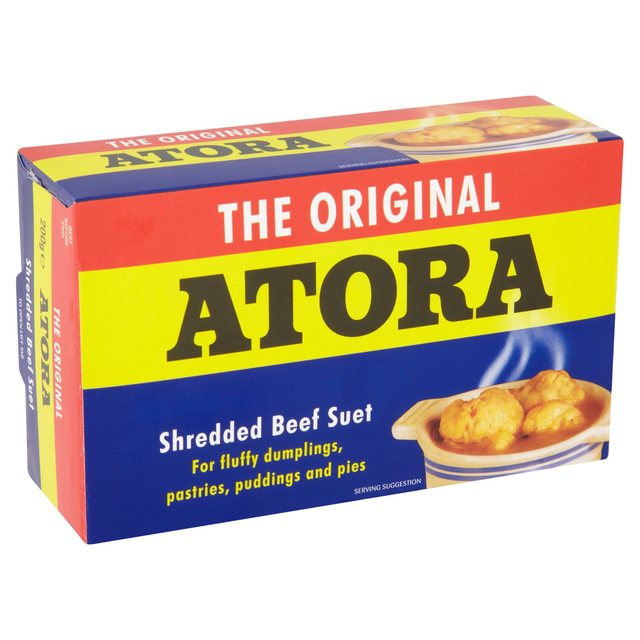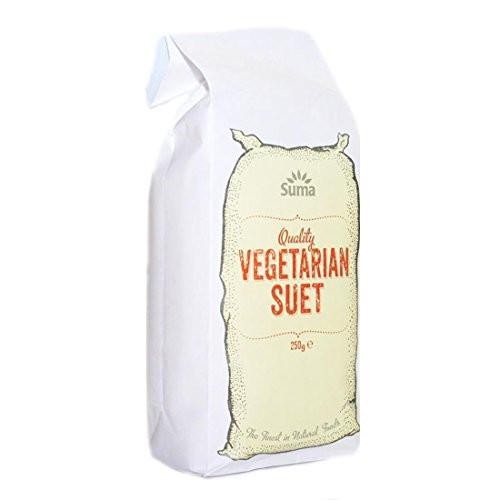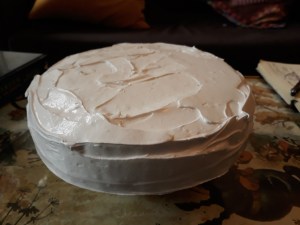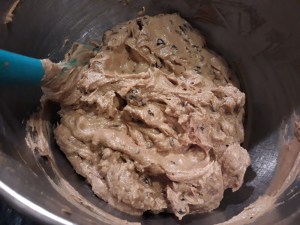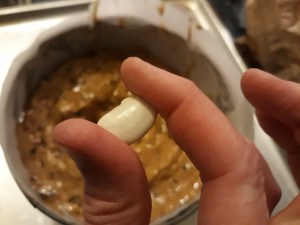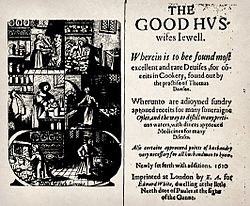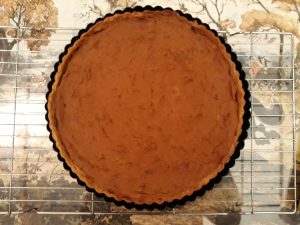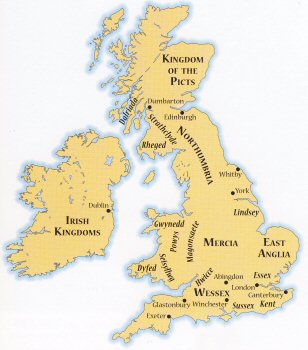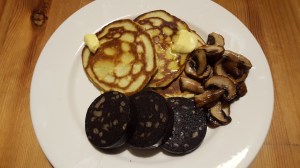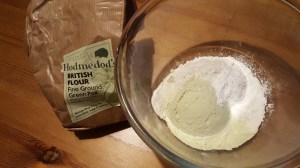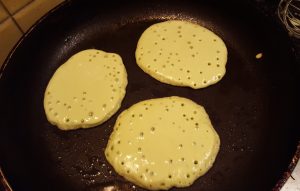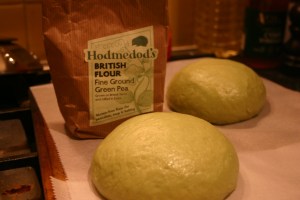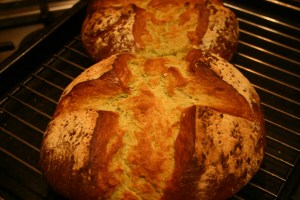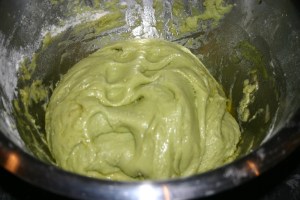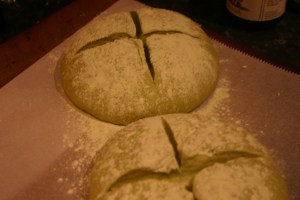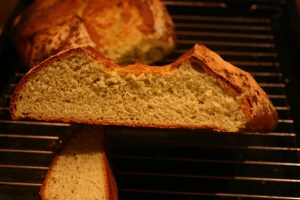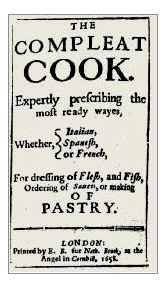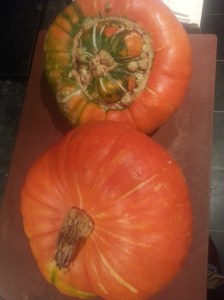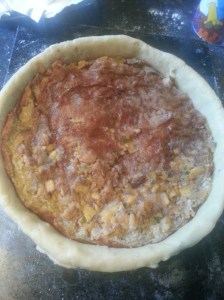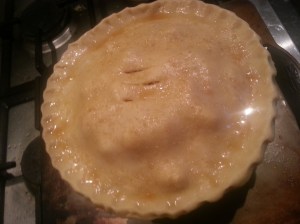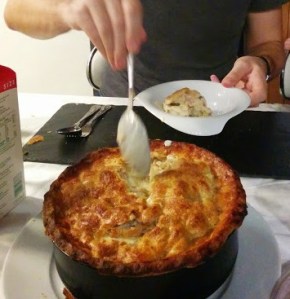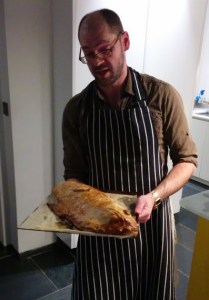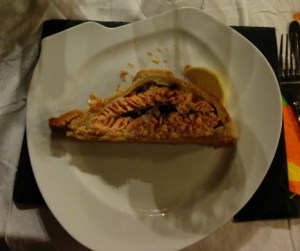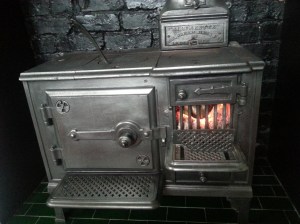
Many traditional recipes require fresh or dry breadcrumbs; they are an integral part of many puddings and savoury dishes. They are present in small amounts in sausagemeat, terrines and other early meat puddings absorbing the fats, or may be the main constituent in the stuffing for a roast bird. They are also sometimes used in dumplings instead of wheat flour. In sweet puddings they provide body and structure to custards such as Queen of Puddings, or the cheese and egg mixture in a Yorkshire Curd Tart.
Dried breadcumbs can be sprinkled over the tops of dishes (such as my Macaroni Cheese) or used to coat something ready for deep or shallow-frying. I have memories of my mum buying those oddly-orange coloured packs of dried breadcrumbs to coat her fish before frying it. Well, needless to say, making your own will not result in everything it touches look like a Findus Crispy Pancake.

Making Fresh Breadcrumbs
Fresh breadcrumbs require stale bread, and I think that only real bread – i.e. a loaf made at home or in a real traditional or artisan bakery – makes decent breadcrumbs. Factory-made supermarket bread and tends to go mouldy before it goes stale due to its high-water content.
The type of bread is typically white bread, but you can use any you want, especially if there is only a small amount required, but wholemeal and sourdough breads will impart their own flavours if the main constituent. White bread and brioche are best for sweet puddings.
Unless the bread is very well-coloured, I don’t usually remove the crusts, even if the recipe says I should. Feel free to remove them yourself, I don’t mind the odd brown speckle in the final dish.
Making them couldn’t be easier. If you have a blender or food processor, simply tear the bread in small chunks and blitz. Usually slower speeds work best. Regular blenders can be a little tricky because they taper at the blades; however, dust off that Nutri-Bullet; they work excellently for breadcrumbing.
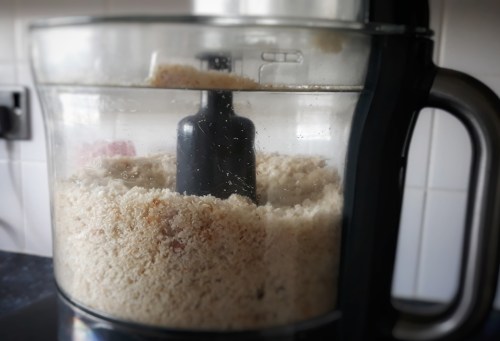
If you don’t have a food processor or blender, you can go old-school and grate the bread by hand with a large cheese grater with a good grip on it. Good quality bread will crumb easily, so it isn’t the chore you might expect it to be.

Your breadcrumbs can be used straight away or frozen for later. Whenever you have stale bread in the house, crumb it and freeze it and it’s there waiting for you the next time you have the uncontrollable urge to make a Treacle Tart!
Making Dry Breadcrumbs
If dry breadcrumbs are what you are after, just take your fresh crumbs and spread them on a dry baking tray and pop them in the oven set to around 110°C. Check them after 20 minutes and give them a mix around. Keep baking in bouts of 20 minutes until you are satisfied that they are completely dry. Let them cool and place in an airtight box. They will keep happily for several weeks.
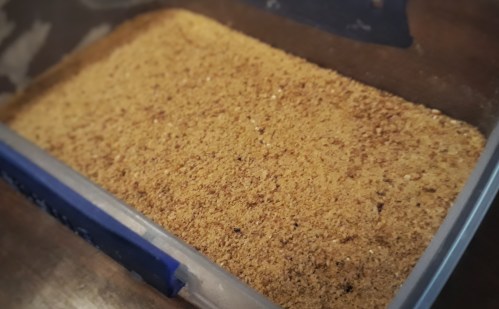
If the crumbs are not fine enough, blitz in a clean but bone-dry food processor until they are as fine as you desire, and great for a posh Scotch Egg.
If you like the blogs and podcast I produce, please consider treating me to a virtual coffee or pint, or even a £3 monthly subscription: follow this link for more information.

 Flaky fresh beef suet
Flaky fresh beef suet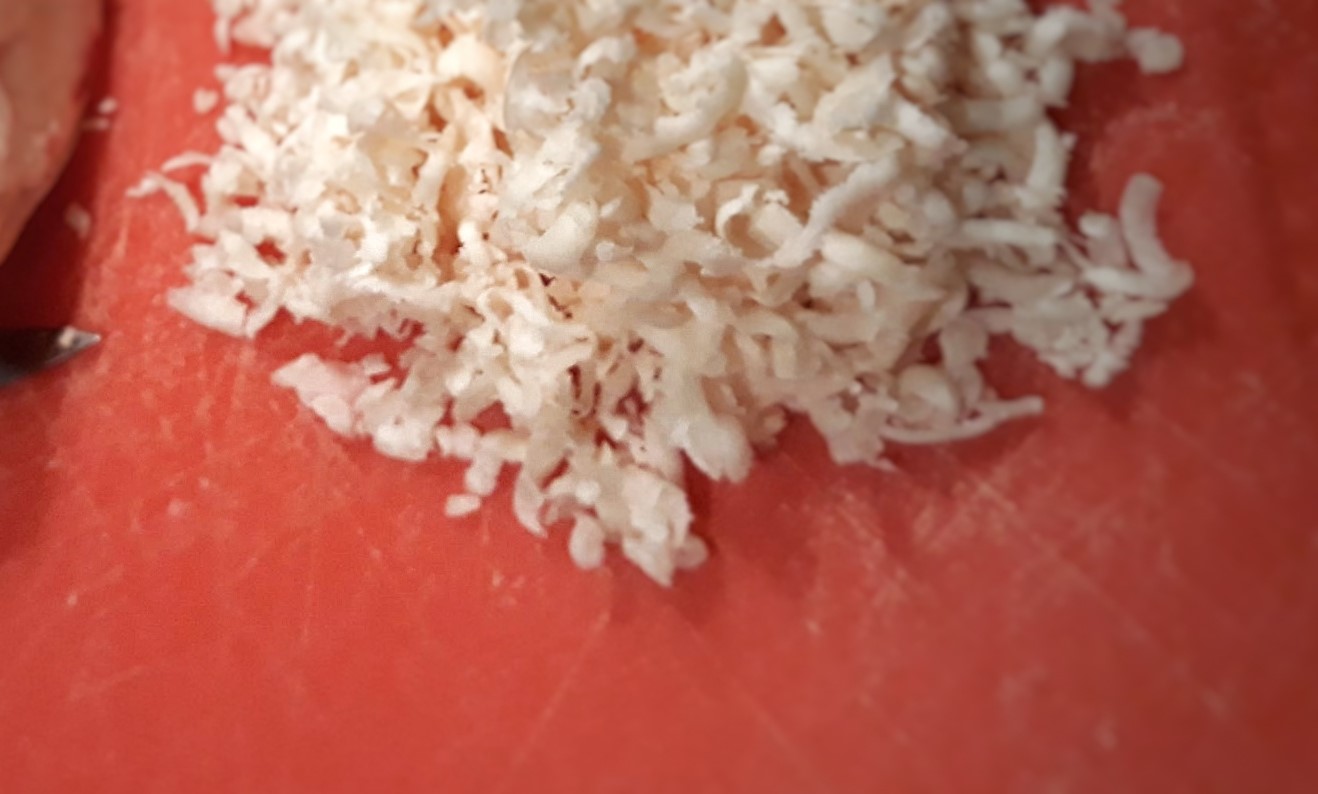 Freshly-grated beef suet
Freshly-grated beef suet